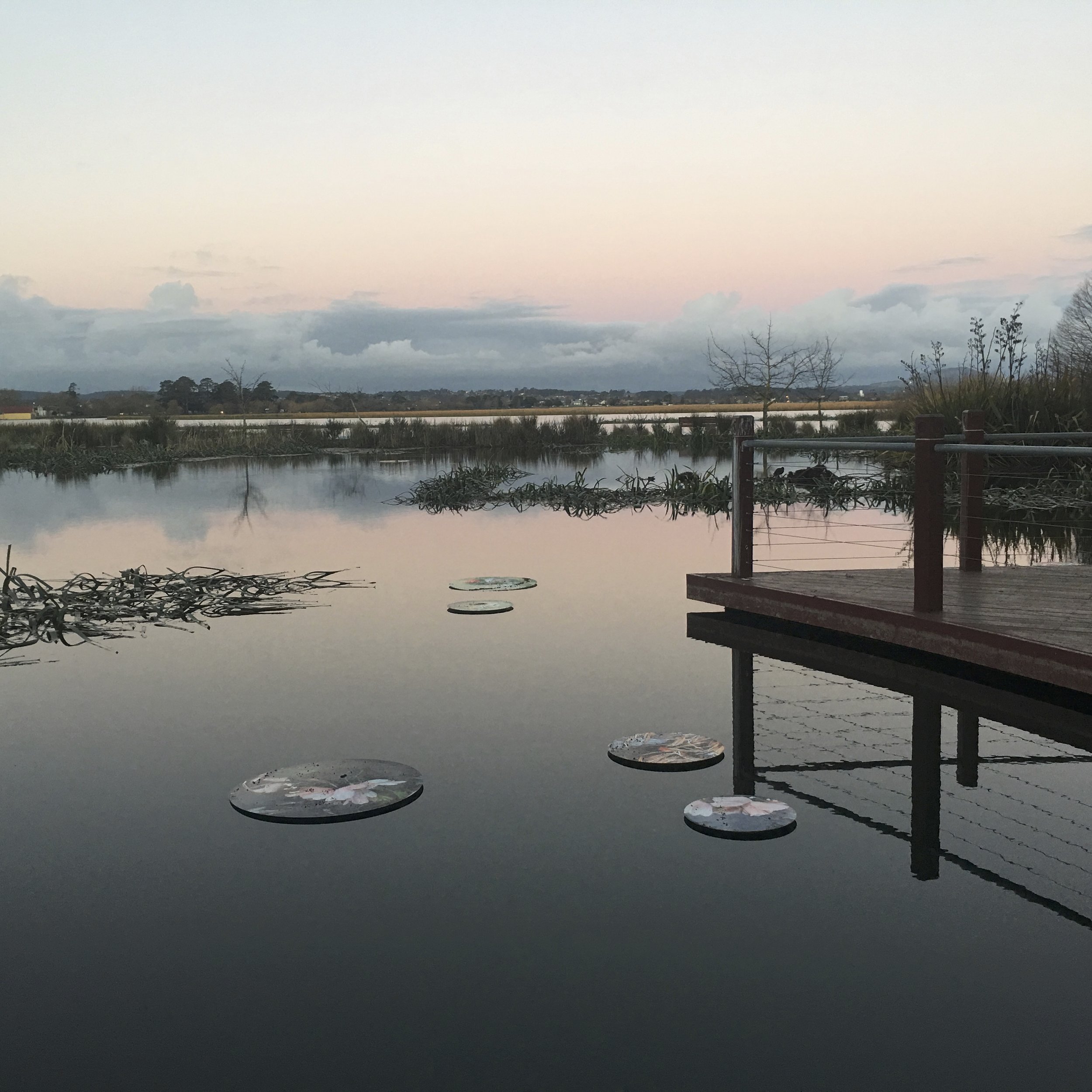
In Plato’s Cave: A Future Glimpse of Photography
Talk: The Real Thing Public Forum
Ballarat International Foto Biennale
Date: August 2023
a future glimpse of photography.
When we think about photography, we often view it as a window in time. The act of taking a photo is to frame and capture a place, a subject, or a situation. This act has been circumvented by technology in the form of digital manipulation, virtual reality, augmented reality and recently by AI. We are no longer in Plato’s Cave, described by Sontag as “revelling in mere images of truth.”[1] Instead, we have stepped far down the rabbit hole where truth is no longer written upon the surface of a photograph, nor is it just beyond the edges of the image, living within a selected narrative. The photograph, as an object, is more than the image and lives within the act, in a form better described as expanded imaging. The word ‘expanded’ is important as it invites us to consider the idea that photography is not static, but in a state of expansion, and thus, active.
Photography is both the act of taking a photo and the object itself. If we try and separate the act from the object, we are left with only an impression. To take this idea further, we must find a path that ensures that the relationship between the act and the metaphoric object is sacred and intact. Expanding the photographic image allows us to find new ways to express the world within and without us and it is the ‘without us’ that strikes a renewed feeling of distrust in the form of technology, as it once did with the introduction of Photoshop and before that, photography itself. Our growing relationship to the digital is wonderous and inviting on one hand, and frightening and nebulous, on the other. AI has been called ‘alien’ and we have already started to bestow an identity of ‘otherness’ upon its fledging form.
If we consider the photograph as a process that has yet to be, we can start to interact with the image as something that is somewhere in the future. By this I mean, that if we are interacting via technology such as social media, then the photograph only appears when it is summoned and materialises in a form that is bound by the conventions of the device. Returning to Plato’s Cave, these renditions of the photographs are the shadows on the wall, a spectre of the act of taking the photograph. Our relationship with it is fleeting, intangible yet often intimate. The viewer is embraced into the act of the photograph as they become the unintentional collaborator and a participant in the evolution of the image. In his essay; To be Determined, Photography and the future, Wooldridge, says: “It emerges, representation coming about, arriving not fully formed but continuing to change, remaining unstable.”[2] Carpenter also comments that “This is because the photograph is the articulation of something, and not the mere betrayal of it.”[3]
If we shift our thinking about photography as being a guardian of the past, and revise it as being a warrior of the future, we may be able to forge ways of interacting that is revolutionary and can reflect the changing world around us.
[1] Sontag, S. On Photography,
[2] Wooldridge, D. To Be Determined: Photography and the Future, p61, 2021, SPBH Essays
[3] Carpenter, T. To Photograph is to learn how to die: an essay with digressions, p134, 2022, The Ice Planet